Renovating your home is an exciting venture, filled with possibilities and the promise of a refreshed living space. However, even the most meticulous planners often find themselves caught off guard by unforeseen expenses. While you might have a solid budget for big-ticket items like appliances and flooring, there are numerous smaller costs that can sneak up on you. Being aware of these hidden expenses can help you manage your finances better and avoid unpleasant surprises. Here are 13 things most people don’t budget for when renovating.
1. Permit Fees
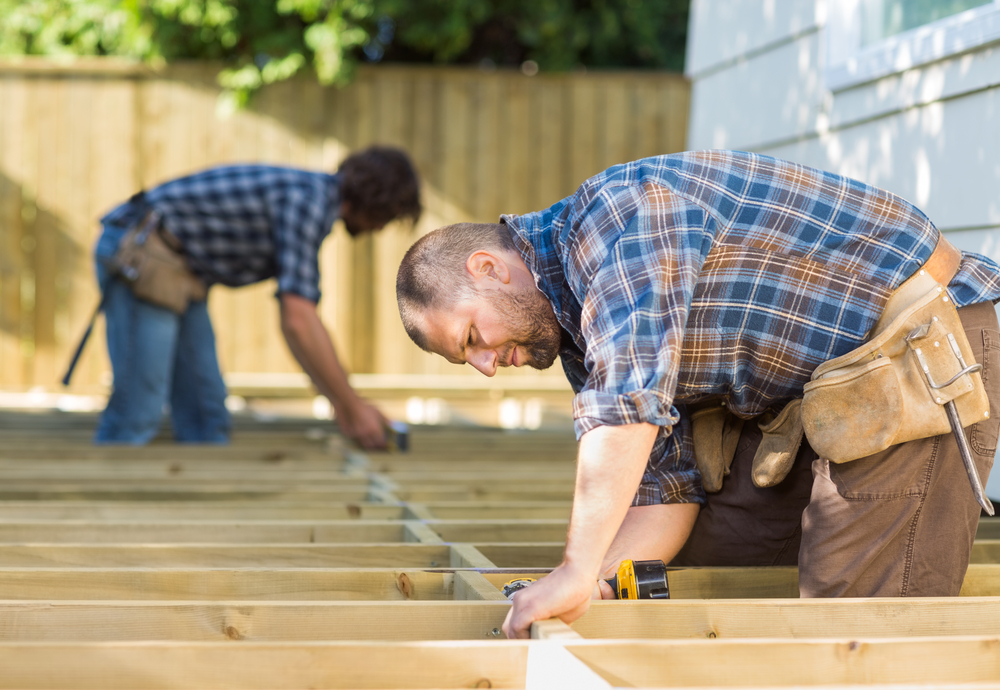
You might think that your renovation budget covers everything, but permit fees are often left out. When you’re planning major changes, like an addition or structural alterations, you need the right permits from your local government. These fees can vary widely depending on where you live and the extent of your project, but they can add a significant cost. According to the National Association of Home Builders, permit fees can range anywhere from $500 to several thousand dollars. Not accounting for these fees can lead to project delays and even legal issues down the line.
Beyond the financial aspect, not having the required permits can cause headaches if you ever decide to sell your home. Potential buyers or their agents will likely scrutinize the paperwork to ensure everything is up to code. Skipping permits may save you money upfront, but it can decrease your home’s value if it’s an issue later. Don’t assume your contractor will automatically handle the permit process either; it’s crucial to clarify this early on. In short, permit fees might not be glamorous, but they’re a necessary part of a successful renovation.
2. Dumpster Rental

Most people don’t think about where all the debris from their renovation will go. Whether you’re gutting a kitchen or tearing down walls, the amount of waste generated is substantial. That’s where dumpster rental comes in, and it’s a cost you need to prepare for. Depending on the size and rental duration, dumpsters can range from $300 to $800 or even more. Skipping this step can lead to repeated trips to the dump, which can waste your time and gas money.
Additionally, some waste materials require special handling, further adding to your costs. Not accounting for dumpster rental can also lead to unexpected delays if you run out of space for debris. Before your renovation begins, check with your contractor about waste disposal options. Some companies offer package deals that include dumpster rental, so it’s worth shopping around. The bottom line is that ignoring this aspect of budgeting can leave you knee-deep in debris—and costs.
3. Design Consultations

Most people assume they can handle the design aspect on their own, but professional guidance can be invaluable. Even if you’re a DIY enthusiast, a designer can help you make the most of your space and offer solutions you might not have considered. The cost of a design consultation can range from $50 to $200 per hour, and this can add up quickly if you aren’t prepared. A study by Houzz found that hiring a designer can actually save you money in the long run by helping to avoid costly mistakes.
Engaging a designer early can also streamline the renovation process. They can help you pick out materials and finishes that fit your style and budget, eliminating guesswork. A professional can also assist in coordinating with contractors to ensure your vision is realized effectively. While the upfront cost might seem like an unnecessary expense, think of it as an investment in a successful project. Not budgeting for this can leave you overwhelmed and potentially over budget.
4. Temporary Housing

Living through a renovation can be chaotic, especially if major areas like the kitchen or bathrooms are affected. Many people don’t consider the cost of temporary housing until they’re in a situation where their home is barely livable. Staying with friends or family is sometimes an option, but not always feasible for extended periods. Renting a short-term apartment or hotel can add a significant, unexpected cost to your budget. Prices can vary widely depending on your location and the time of year.
Beyond the financial aspect, temporary housing comes with its own set of challenges. You might find yourself juggling between your temporary living space and your home, which can be exhausting. Additionally, if you have children or pets, the logistics become even more complicated. Preparing for this possibility can help you make informed decisions about whether staying put is worth the inconvenience. By considering this upfront, you can plan accordingly and avoid scrambling to find last-minute accommodations.
5. Utility Upgrades
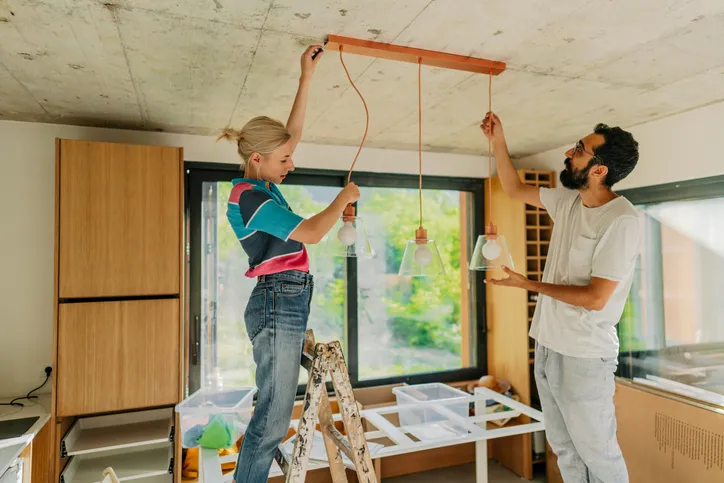
When renovating, people often focus on aesthetics and overlook the state of their existing utilities. You might discover that your electrical wiring or plumbing needs an upgrade to support your new appliances or layout. Ignoring this aspect can lead to problems that are both costly and hazardous. According to the U.S. Department of Energy, upgrading outdated systems can lead to increased energy efficiency, saving you money in the long term.
Neglecting to account for utility upgrades can delay your project and inflate your budget significantly. Unplanned electrical work or plumbing fixes can add thousands to your costs. It’s crucial to have a professional evaluate your existing systems before you start any major renovations. By budgeting for these upgrades from the start, you can avoid unexpected expenses and ensure your home is safe and efficient. Proactively addressing utility upgrades can save you a lot of stress and money in the long run.
6. Moving Costs
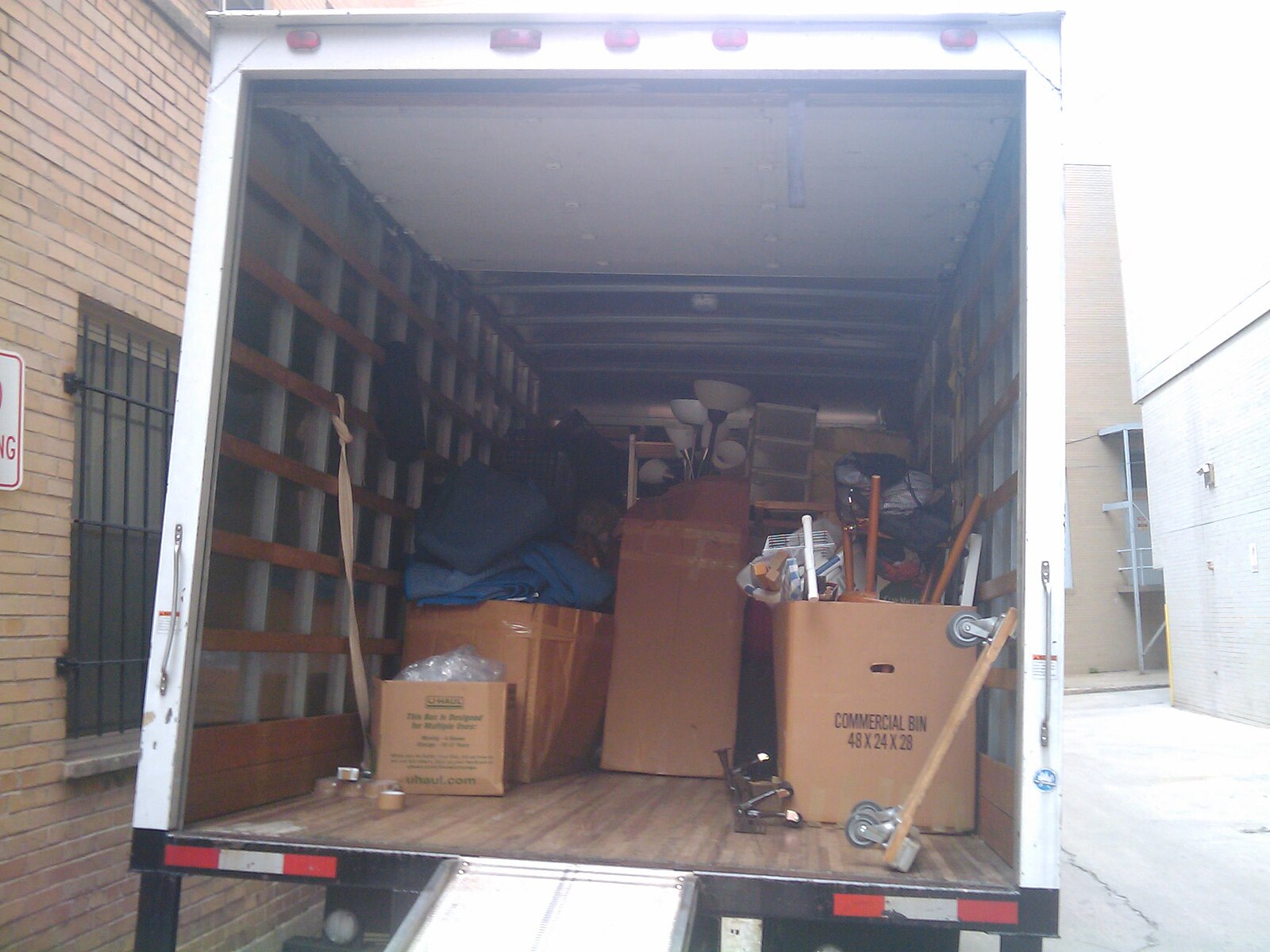
Whether it’s just moving furniture out of the way or relocating belongings to storage, moving costs can sneak up on you. Many people underestimate how much effort it takes to clear out a room for renovation. Hiring movers or renting a moving truck can add another layer of expense that wasn’t originally in your budget. Even if you plan to do it yourself, the cost of packing materials and the time involved is something to consider. Make sure to allocate funds for these expenses to avoid stretching your budget too thin.
Additionally, if your renovation involves multiple areas of your home, you might find yourself needing to move items more than once. This can add both time and cost to your project. Furthermore, if you’re storing items offsite, rental fees for a storage unit can add up quickly. Before your project gets underway, take the time to plan your moving strategy. Doing so can help keep your renovation timeline and budget on track.
7. Environmental Testing And Abatement
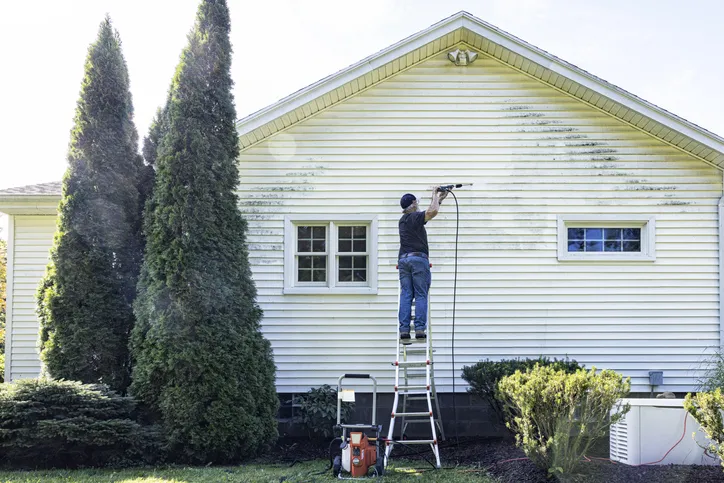
Older homes might harbor hidden dangers like asbestos or lead paint, and testing for these substances is often overlooked. Ignoring this aspect can lead to significant health risks and legal issues if left unaddressed. The cost of testing and abatement can vary, but it’s generally not cheap. According to the Environmental Protection Agency, neglecting these hazards can result in severe health complications and costly remediation efforts later.
Being proactive in this area can prevent much larger issues down the line. Testing can be done quickly, and it provides peace of mind knowing your home is safe. If hazardous materials are found, the cost to remove them can be substantial, often requiring specialized contractors. It’s essential to include these potential costs in your budget from the outset. By doing so, you can avoid both financial strain and ensure your home is a safe environment.
8. Landscaping

During a renovation, the exterior of your home might be an afterthought, but it shouldn’t be. Construction often takes a toll on your garden and yard, leaving them looking worse for wear. The cost of restoring your landscaping can be substantial, especially if heavy machinery was involved. Grass may need to be reseeded, and plants replaced, adding unexpected costs. Plan for these expenses to keep your home’s curb appeal intact.
Moreover, not budgeting for landscaping can affect your home’s overall value. If you decide to sell your home, potential buyers will be looking at the exterior as well as the interior. You may also need to make changes to your landscaping to accommodate new structures or layouts. Discuss this aspect with your contractor to get a sense of what might be required. By factoring landscaping into your budget, you can ensure your property looks as good on the outside as it does on the inside.
9. Unexpected Structural Issues
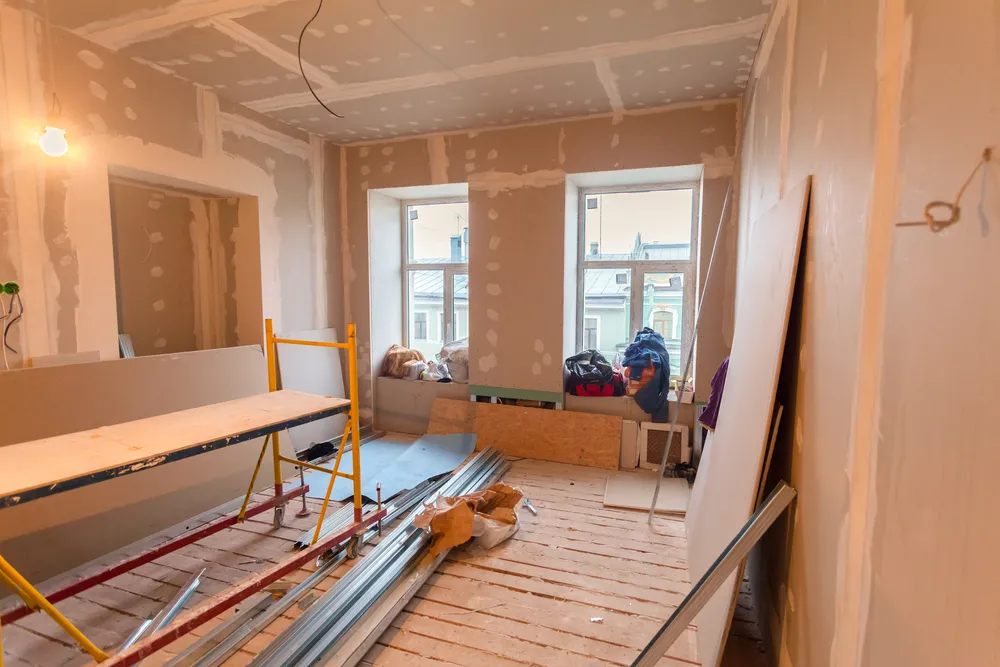
Once the renovation starts, you might unearth structural problems that weren’t visible before. Issues like foundation cracks, water damage, or termite infestations can catch you off guard. These problems not only require immediate attention but can also significantly impact your budget. Structural repairs are often costly and can delay your renovation timeline. Planning for these unexpected issues can help mitigate their financial and logistical impact.
Ignoring structural issues is not an option, as they can lead to further damage or even safety hazards. It’s wise to have a contingency fund that can cover these types of surprises. Engaging a structural engineer to assess your home before starting any major work can also be a prudent step. While this adds another cost to your project, it provides valuable insights that can help you manage your budget. Addressing structural issues upfront can prevent further complications and ensure a smoother renovation process.
10. Cleaning Costs

The mess created by a renovation project is often underestimated. Once construction is finished, you’ll likely find a significant amount of dust and debris left behind. Professional cleaning services are an additional expense that many people don’t budget for. Depending on the size of your project, this can range from a few hundred to a couple thousand dollars. Skipping this step can result in your newly renovated spaces looking less than pristine.
Aside from aesthetics, a thorough cleaning is essential for removing construction dust that can affect air quality. Especially if you have allergies or respiratory issues, post-renovation cleaning is a must. You might be tempted to tackle this yourself, but the scale of the job often requires professional help. Investing in a cleaning service ensures that every nook and cranny is addressed, leaving your home spotless. Planning for cleaning costs can help you enjoy your revamped spaces to the fullest.
11. Delivery And Shipping Fees
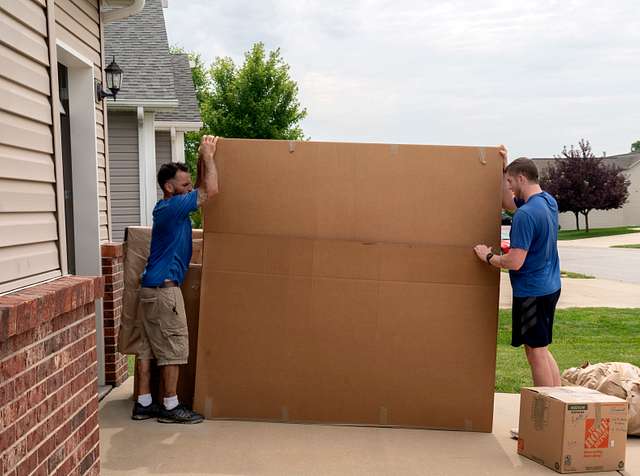
When budgeting for new appliances or furniture, delivery fees are often an afterthought. These costs can add up, particularly if you’re ordering items from different suppliers. For large or heavy items, delivery fees can be quite high, sometimes reaching several hundred dollars. Don’t forget to include these in your budget to avoid sticker shock when your purchases arrive. Paying for shipping might not be exciting, but it’s a necessary part of the process.
Beyond just getting items to your home, you may also incur costs for assembly or setup. Some companies offer curbside delivery, meaning you’ll have to move and assemble the items yourself. If this isn’t something you’re comfortable with, consider hiring help, which adds another layer of cost. Take the time to understand all the fees involved when purchasing new items. By doing so, you can ensure a smoother transition into your newly renovated space.
12. Furniture and Décor Updates

Your newly renovated space might make your old furniture feel out of place. Many people don’t budget for updating furniture and décor to match their fresh look. Even if you plan to keep most of your existing pieces, you may find that some updates are necessary to complete the transformation. New furniture and décor items, such as lighting fixtures, wall art, and rugs, can quickly add up. Ignoring these potential costs can leave your space feeling unfinished.
A well-coordinated look often requires attention to detail, which might mean new cushions, throws, or curtains. These smaller items can also contribute significantly to your overall budget. Planning for this aspect of the renovation can help you achieve a cohesive design without financial stress. Discuss potential updates with your designer if you have one, to get an idea of what might be needed. By considering these costs upfront, you can ensure your renovated space feels complete and harmonious.
13. Contingency Fund
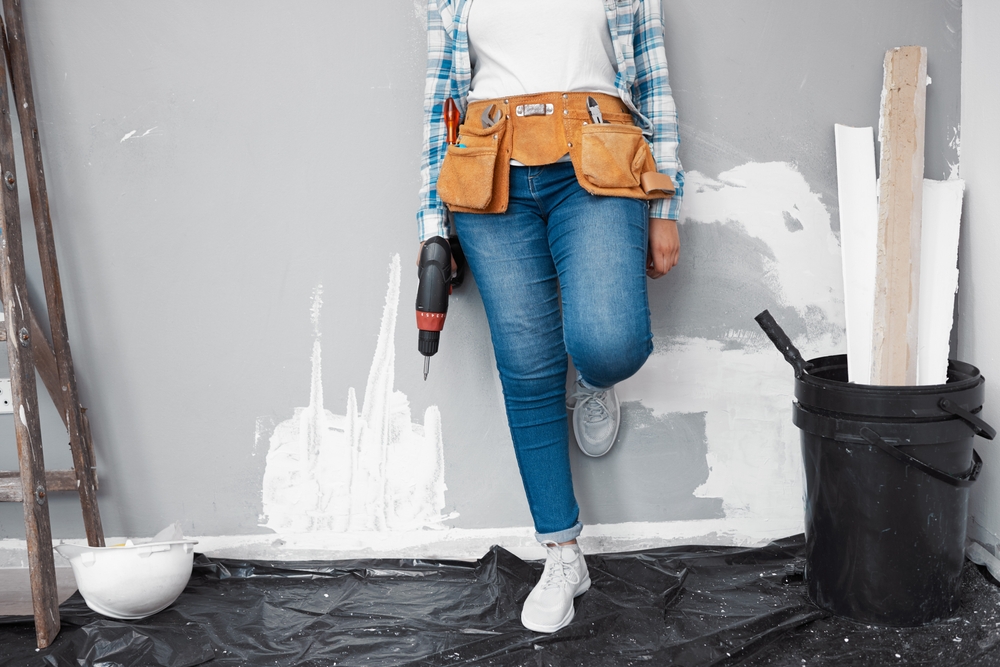
Few people budget for the unexpected, but having a contingency fund is crucial for a successful renovation. Unplanned expenses are almost a given in any renovation project, whether due to unexpected structural issues, design changes, or material shortages. Experts often recommend setting aside 10-20% of your total renovation budget for unforeseen costs. By having this cushion, you can tackle surprises without derailing your entire project.
A well-thought-out contingency fund can also provide peace of mind. Knowing you have a financial buffer allows you to make decisions more confidently and keep stress levels in check. This also means you won’t have to compromise on your vision or cut corners if something unexpected arises. Consider discussing potential risks with your contractor to better understand what might come up. By preparing for the unpredictable, you can ensure your renovation runs as smoothly as possible.
This article is for informational purposes only and should not be construed as financial advice. Consult a financial professional before making investment or other financial decisions. The author and publisher make no warranties of any kind.








